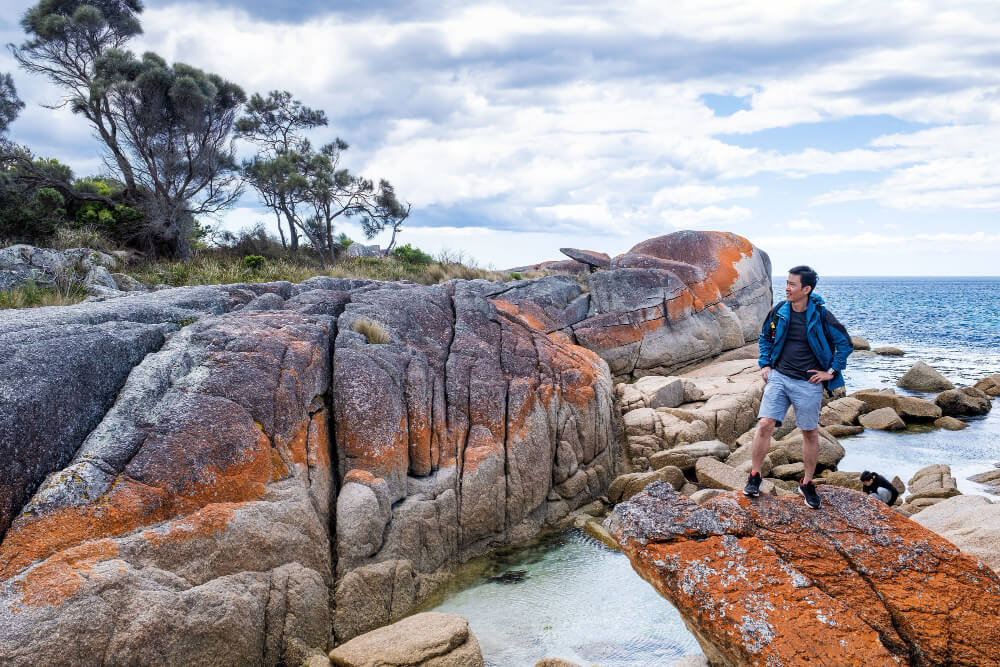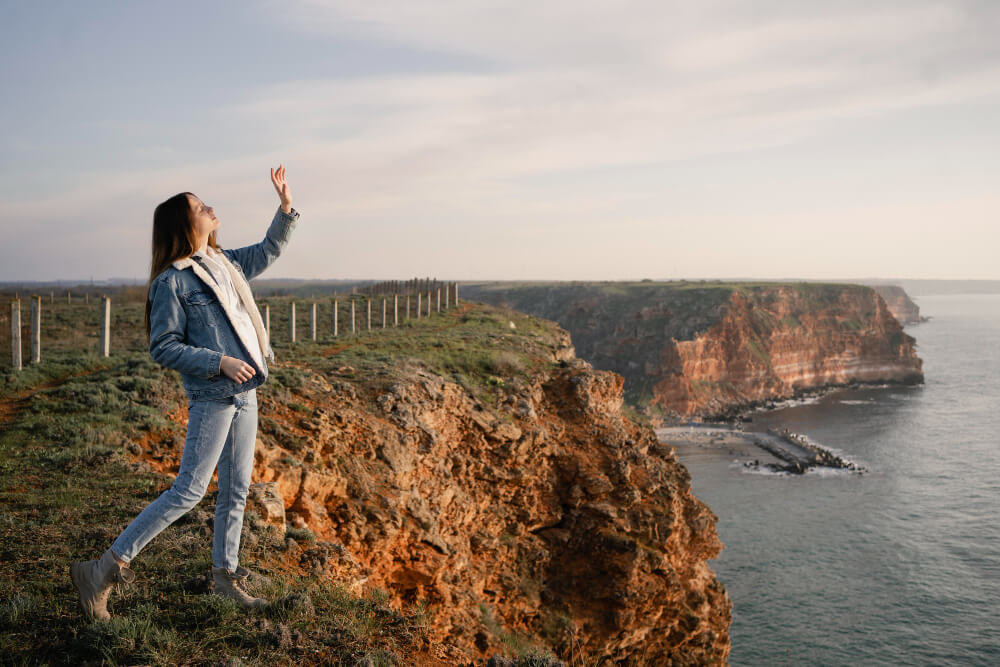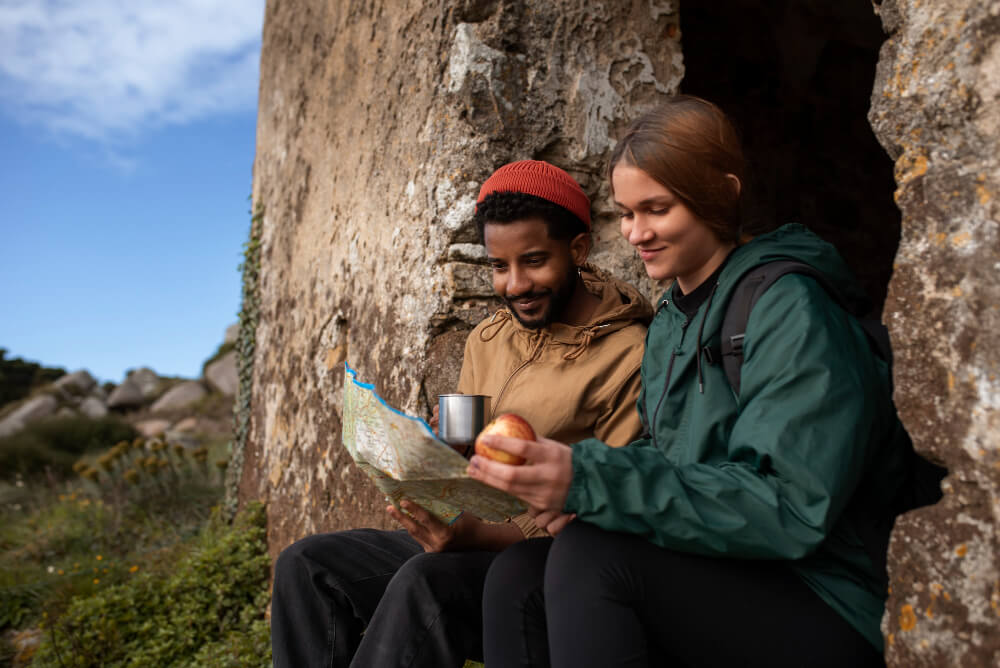New Zealand is a country rich in history, with a diverse range of historical sites that showcase its fascinating past. From ancient Maori settlements to European colonial buildings, there is something for everyone to explore and learn about.
These historical sites play a crucial role in preserving the country’s heritage and educating visitors about its cultural significance.
The impact of these sites goes beyond just being tourist attractions; they serve as a window into New Zealand’s past and offer valuable insights into its development over the years.
In this article, we will delve into some of the top historical sites in New Zealand that you simply can’t miss.
We will highlight the key features and unique aspects of each location, giving you a glimpse into the rich history and culture of this beautiful country.
Whether you are a history enthusiast or simply looking to learn more about New Zealand’s past, these sites are sure to captivate your interest and leave you with a deeper appreciation for the heritage of this remarkable nation.

- Waitangi Treaty Grounds is a significant historical site in New Zealand where the Treaty of Waitangi was signed in 1840, marking the beginning of the nation’s partnership between the Māori people and the British Crown.
- The Otago Gold Rush at Arrowtown showcases New Zealand’s rich gold mining history with preserved historic buildings and artefacts, offering visitors a glimpse into the country’s past and its economic development during the 19th century.
- In Christchurch, the Canterbury Museum provides an in-depth look at the cultural and natural heritage of the region, featuring exhibitions on Maori artefacts, Antarctic exploration, and local wildlife that are both educational and engaging for visitors of all ages.
- The Pompallier Mission in Russell is a restored French Catholic mission where visitors can learn about the early interactions between Māori and European settlers, as well as the role of missionaries in shaping New Zealand’s history and culture.
- The Waihi Gold Mine in Coromandel allows visitors to experience a modern-day gold mining operation and learn about the industry’s impact on the local economy and environment, providing a unique perspective on New Zealand’s historical and current relationship with gold mining.
What are the Top Historical Sites You Can’t Miss in New Zealand?
Auckland War Memorial Museum
The Auckland War Memorial Museum is one of New Zealand’s most important museums, showcasing the country’s cultural and natural heritage.
The museum is located in the Domain, a large public park near the city center, and offers a wide range of exhibits and displays that cover the history of New Zealand, including its involvement in wars and conflicts.
Waitangi Treaty Grounds
The Waitangi Treaty Grounds in the Bay of Islands is a must-visit historical site in New Zealand. It is where the Treaty of Waitangi, New Zealand’s founding document, was signed in 1840.
Visitors can explore the historic treaty house, Maori cultural performances, and beautiful grounds overlooking the Bay of Islands.
Puysegur Point Lighthouse
For a more off-the-beaten-path historical experience, head to Puysegur Point Lighthouse in Fiordland National Park.
This remote lighthouse was built in 1879 and is one of the most isolated and rugged lighthouses in New Zealand.
The surrounding landscapes are stunning, making it a unique historical site to visit.
Christchurch Cathedral
Although damaged in the 2011 earthquake, Christchurch Cathedral remains a significant historical site in New Zealand.
The cathedral, with its iconic spire, was a focal point of the city and is now undergoing restoration.
Visiting the cathedral is a way to learn about the history and resilience of Christchurch.
Russell Kororareka
The historic town of Russell, also known as Kororareka, was once a rowdy whaling port in the 19th century.
Today, it is a charming coastal village with historical buildings, museums, and stunning views of the Bay of Islands.
Strolling through Russell’s streets offers a glimpse into New Zealand’s early European settlement history.
What are the types or tips related to visiting historical sites in New Zealand?
- Plan ahead and research the historical sites you want to visit to make the most of your time.
- Consider booking guided tours or experiences to gain a deeper understanding of the historical significance of each site.
- Respect the cultural and historical importance of these sites by following any guidelines or rules set by local authorities.
- Capture memories through photography, but be mindful of the surroundings and other visitors.
- Take the time to reflect on the history and stories behind each historical site you visit to truly appreciate their significance.
Final Thought
Exploring New Zealand’s top historical sites is not only a journey through the country’s rich past but also a chance to immerse yourself in the unique Maori culture and colonial history that shaped the nation.
From the stunning landscapes to the fascinating stories, these sites offer a glimpse into the diverse heritage of New Zealand that shouldn’t be missed.
Whether you’re a history buff, a nature lover, or simply curious about this beautiful country, visiting New Zealand’s top historical sites will leave you with unforgettable memories and a deeper appreciation for the people and events that have defined the land of the long white cloud.

Frequently Asked Questions
What are some of the top historical sites in New Zealand?
Some of the top historical sites in New Zealand that you can’t miss include Waitangi Treaty Grounds, Rotorua’s Te Puia Maori Village, Otago Goldfields Heritage Trail, and the Pompallier Mission and Printery in Russell.
Are these historical sites easily accessible for tourists?
Yes, most of New Zealand’s top historical sites are easily accessible for tourists. They are well-maintained and often have guided tours available to help visitors understand the significance of each site.
What is the best time of year to visit these historical sites?
The best time to visit New Zealand’s historical sites is during the spring and summer months (October to March) when the weather is milder and more enjoyable for outdoor explorations.
Do these historical sites charge entrance fees?
Some historical sites in New Zealand do charge entrance fees, while others are free to visit. It’s best to check the official website of each site for specific pricing information.
Are these historical sites family-friendly?
Yes, many of New Zealand’s historical sites are family-friendly and offer activities and exhibits suitable for visitors of all ages, making them perfect for a day out with the family.
Can I take guided tours of these historical sites?
Yes, guided tours are often available at New Zealand’s top historical sites, providing visitors with valuable insights and stories about the site’s history and cultural significance.
Are these historical sites wheelchair accessible?
Most of New Zealand’s top historical sites are wheelchair accessible, with ramps and designated paths to ensure that visitors with mobility challenges can enjoy the sites comfortably.
How much time should I allocate to visit each historical site?
The amount of time you should allocate to visit each historical site varies depending on the size and complexity of the site. On average, plan to spend 2-3 hours exploring each site thoroughly.
Can I purchase souvenirs at these historical sites?
Yes, many of New Zealand’s historical sites have gift shops where you can purchase souvenirs, books, and cultural items to commemorate your visit and support the preservation of the site.
Are there any special events or activities happening at these historical sites?
Throughout the year, many historical sites in New Zealand host special events, cultural performances, and activities to engage visitors and enhance their experience of the site’s history and heritage.


